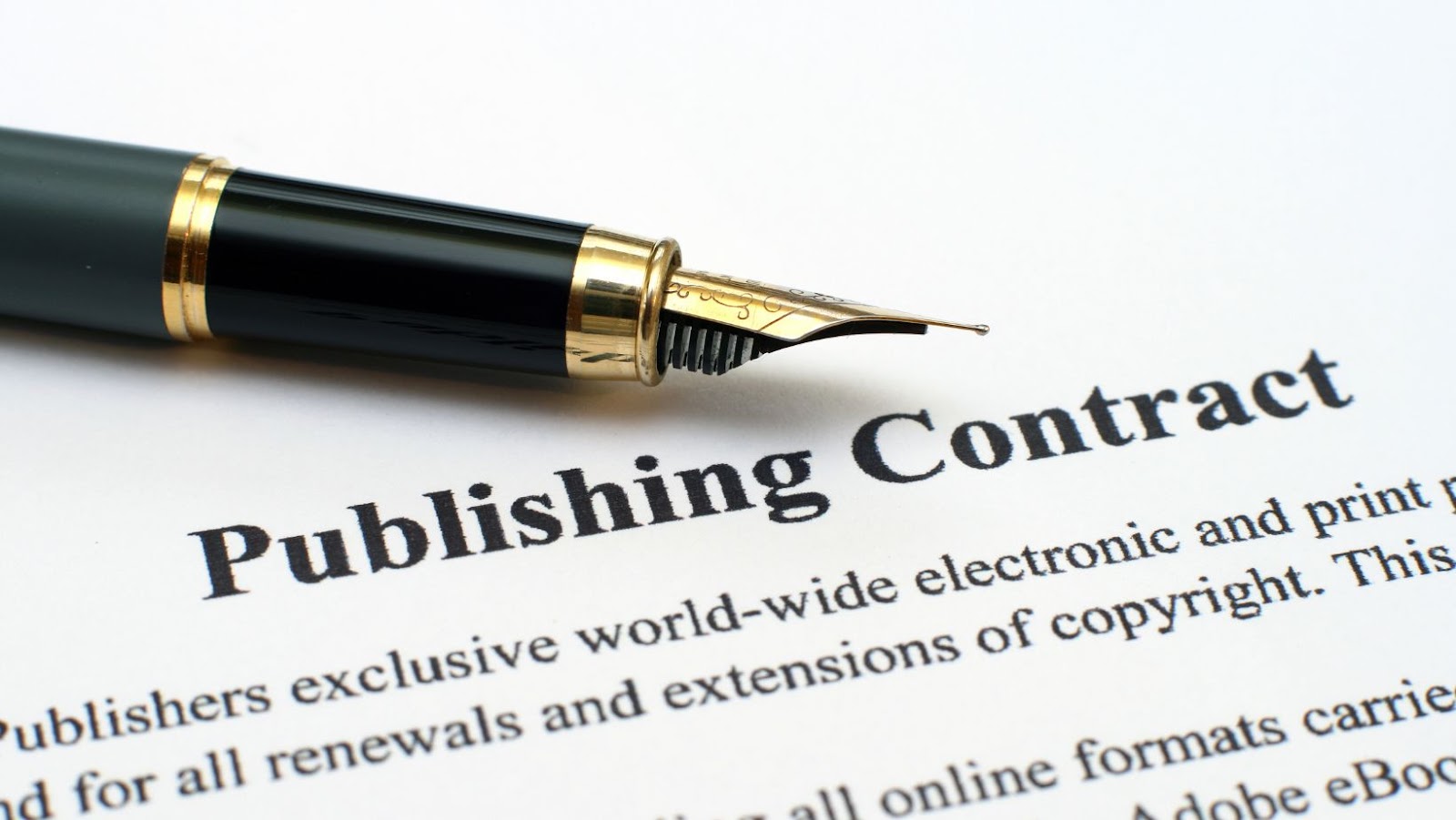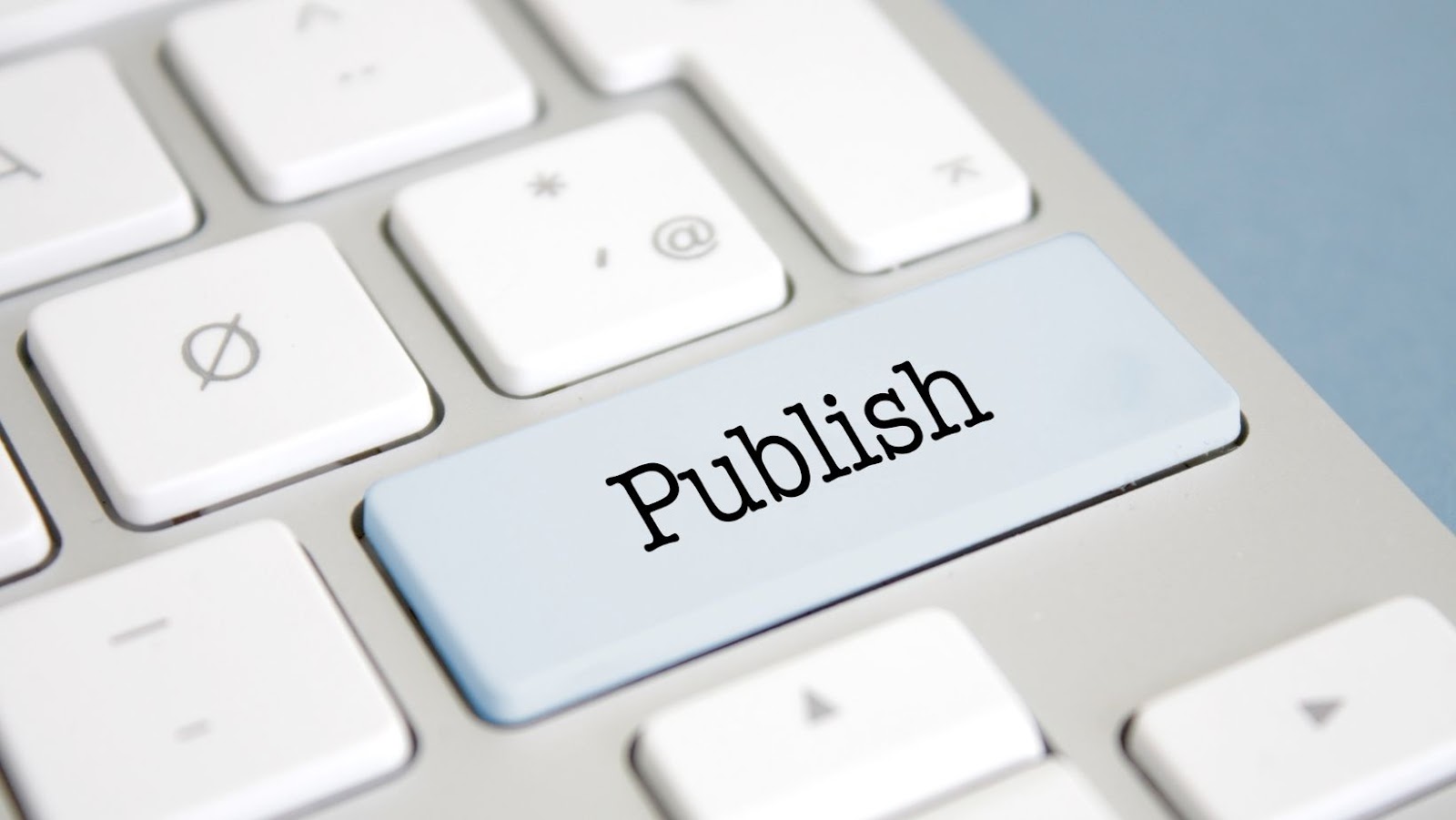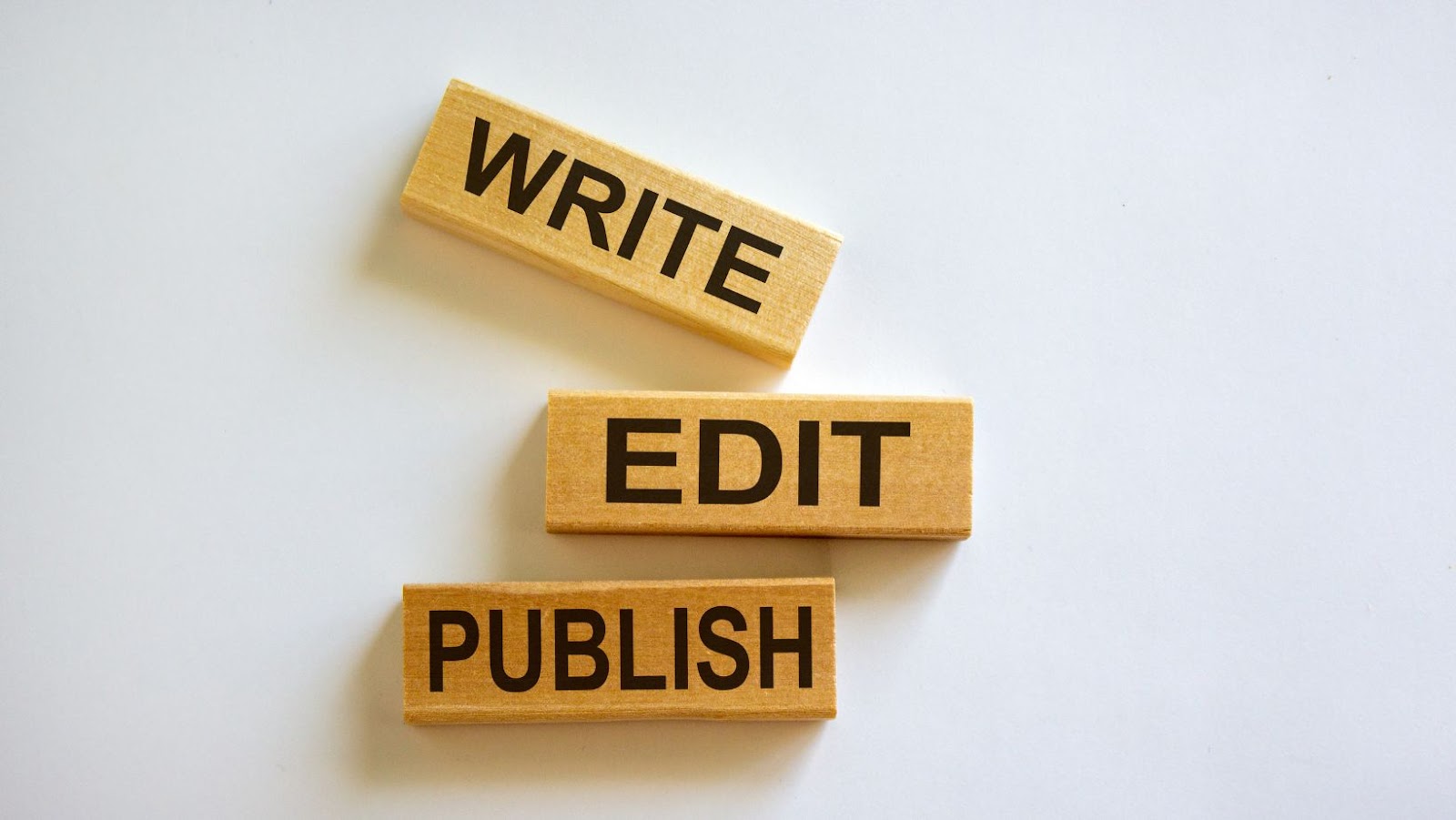 Publishing Deal
Publishing Deal
At its core, a publishing deal covers aspects like rights, royalties, and advances. Rights clauses denote the kind of rights the author grants to the publisher, varies from print, electronic, audio, to translation. For instance, some deals might solely refer to print rights, leaving audio and translation rights with the authors.
The royalty rates, another crucial aspect, indicate the percentage of book sales handed over to the authors. The royalties, generally ranged between 10% to 15%, depend on factors like type, format, and place of sale. Moreover, it’s common for publishers to offer an advance against future royalties. An advanced payment is basically a projected earning from the book’s sale, which authors receive. Often, publishers withhold further royalty payments until advances get fully recouped through the book’s sales.
Traditional and self-publishing deals differ significantly. Traditional deals involve an intermediary, a publishing house that handles all publishing logistics, from book editing, design, distribution, to marketing. They bear most of the costs but in turn, control most aspects of the book’s journeys, such as release date, format, and pricing.
On the contrary, self-publishing relinquishes these strings to authors. They retain all rights, get full control over the process, and keep a higher percentage of profits in exchange for managing the entire process, bearing all costs. For instance, in using a platform like Amazon’s Kindle Direct Publishing, an author can publish and sell a book with minimal upfront cost, retain most of the royalties, and have full control over the book’s production and promotion.
 Benefits of a Publishing Deal
Benefits of a Publishing Deal
A publishing deal offers authors ample benefits, extending beyond mere transformation of manuscripts into books. This section dissects two prominent advantages: monetary incentives and reputational enhancement.
Forging a publishing deal presents authors with potential financial benefits. Beyond the evident gain from royalties, a typical range in traditional publishing being 10% to 15% of book sales, authors may also receive an advance. This upfront payment accumulates against future royalties, providing an initial monetary boost. For example, best-selling authors often negotiate sizable advances knowing they’ll generate significant sales.
A publishing deal enhances an author’s professional reputation. Publishers, renowned for their rigorous selection and level of quality assurance, only make deals with authors they deem worthy. That stamp of approval by a recognized entity boosts an author’s market credibility. Moreover, authors benefit from the promotional efforts that are often packaged in publishing deals, aiding further exposure and elevating their professional status. Finally, a successful publishing deal can open doors to subsequent deals, providing authors with a sustained stream of income and professional recognition. For instance, J.K. Rowling started with a single book deal; this catapulted her reputation and opened the floodgates for a series of lucrative contracts.
Remember, publishing deals are not just about getting your book onto shelves. They offer financial reimbursement and boost reputations, giving writers a leg up in a highly saturated market.
 How to Secure a Good Publishing Deal
How to Secure a Good Publishing Deal
Taking the plunge into the world of publishing involves navigating complex negotiations and securing the best possible deal. Let’s explore two crucial elements that can heighten the chances of landing a favorable publishing deal: crafting a compelling book proposal, and building a strong author platform.
A winning book proposal can tip the scales in favor of an author. It presents the book’s concept, outlines its content, and showcases a robust marketing plan. It not only maps the book’s content from start to finish but also profiles the target audience, establishes the book’s uniqueness in the market, and lays out a strategic plan to reach potential readers.
A compelling book proposal, for instance, has multiple components. In chronological order, it includes a title page, overview, audience definition, competitive analysis, marketing plan, book’s outline, and sample chapters. The title page presents the book’s proposed title and subtitle, author’s name, and contact information. The overview, often a page or two, gives a brief description of the book, it’s unique selling proposition and why it’s relevant for its targeted audience. Audience definition pinpoints the specific demographic that stands to gain value from the book, enhancing its appeal for publishers. The competitive analysis evaluates similar titles and delineates the book’s unique advantage. The marketing plan demonstrates ways to promote the book, garner publicity, and drive sales. An outline lays down the structure of the book, and the sample chapters highlight the author’s writing prowess and the overall flow of the book.
